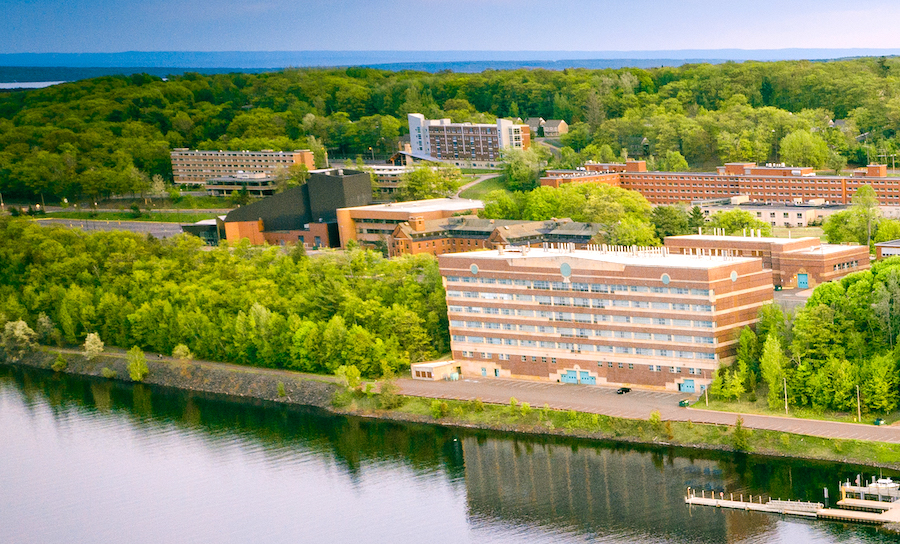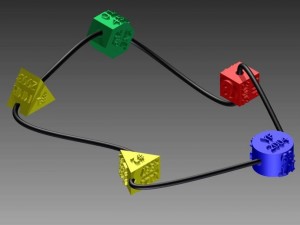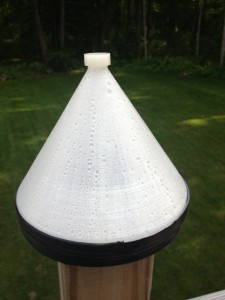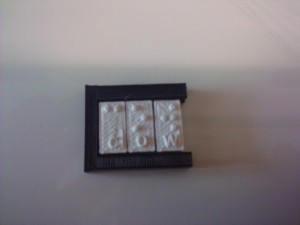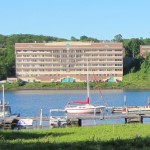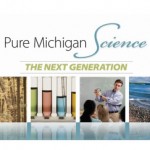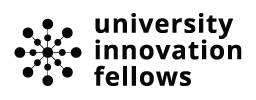 Two Michigan Tech undergraduates are among 229 students from 62 universities in 10 countries who have been named University Innovation Fellows (UIF). They are Robert Lambert and Josh Jay.
Two Michigan Tech undergraduates are among 229 students from 62 universities in 10 countries who have been named University Innovation Fellows (UIF). They are Robert Lambert and Josh Jay.
Run by Stanford University’s Hasso Plattner Institute of Design, the University Innovation Fellows program empowers students to become agents of change at their schools. Fellows work to ensure their peers gain the knowledge, skills and attitudes required to compete in the economy of the future and make a positive impact on the world.
Lambert is a second year management major. “I wanted to join UIF to have a more active part in the community, as well as to become an agent of change on Michigan Tech’s campus,” he said.
Jay is a second year student majoring in materials science and engineering. He is currently doing a co-op in Minneapolis. “I want to be a part of UIF because they aren’t just talking and thinking about creating change, but they are actually making it happen,” he said. “It is also a great community of people to help you figure out how to turn your ideas into reality.”
University Innovation Fellows advocate for lasting institutional change and create opportunities for students to engage with innovation, entrepreneurship, design thinking and creativity at their schools. Fellows design innovation spaces, start entrepreneurship organizations, host experiential learning events and work with faculty to develop new courses.
Since it began under the auspices of the National Science Foundation, the UIF program has trained more than 1,200 students.
Michigan Tech has had 14 University Innovation Fellows since the program started in 2014. They work as part of the Pavlis Honors College to promote entrepreneurship, innovation, design thinking and creativity. Among other projects, they developed the makerspace called The Alley in the former bowling alley in the basement of the Memorial Union Building.
“Stanford’s University Innovation Fellows program helps students develop the skills needed to be agents for positive change on their campus,” said Mary Raber, co-director of the Pavlis Honors College Innovation Center for Entrepreneurship. “After participating in an intensive six week online training program, our UIFs have been a force for helping to create a culture of innovation and entrepreneurship at Michigan Tech and have been instrumental in bringing many initiatives to life, like the orientation week’s #uifresh activity, the student-hosted Innovation Fest and the Alley Makerspace.”
By Jenn Donovan.

